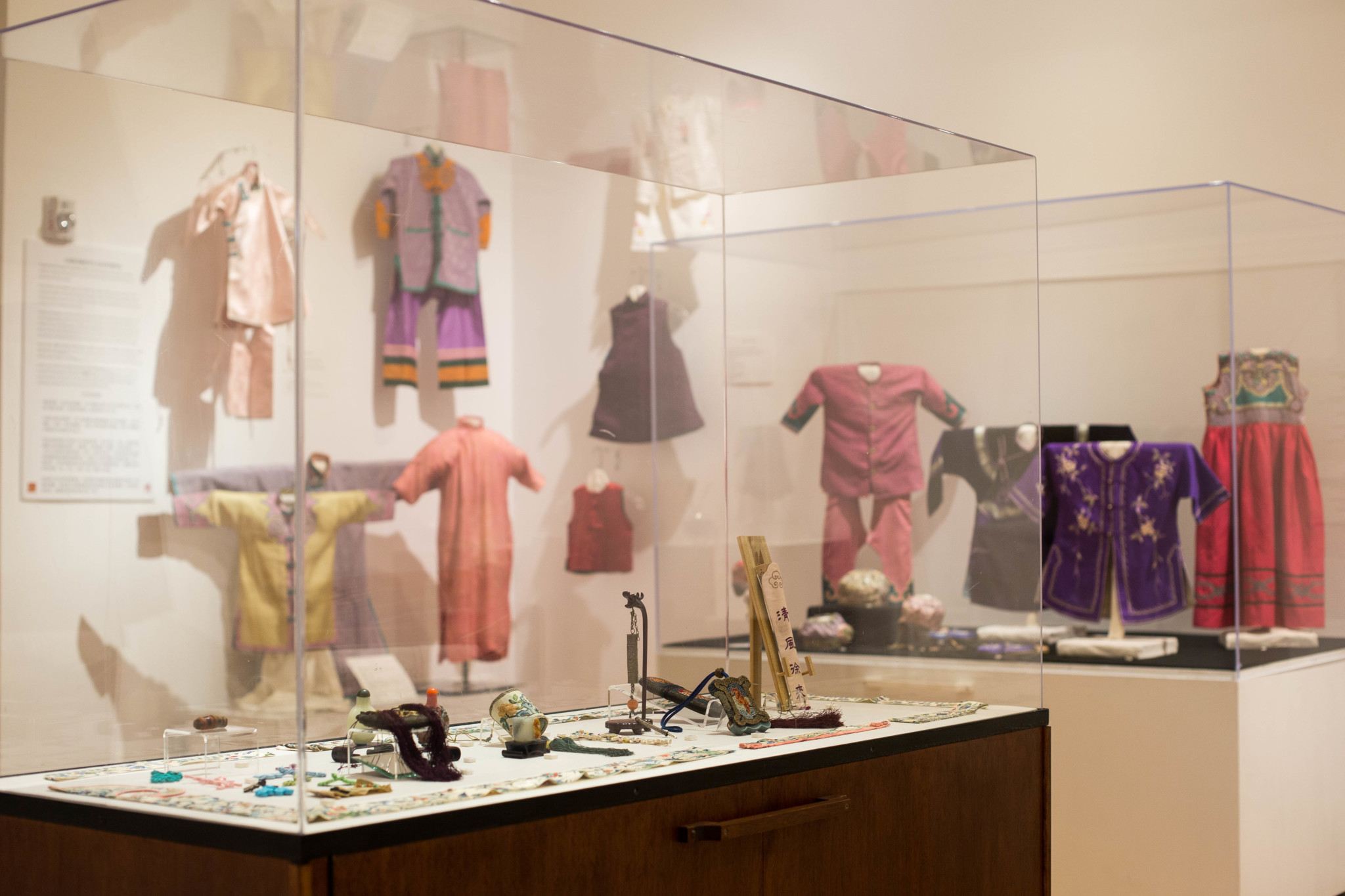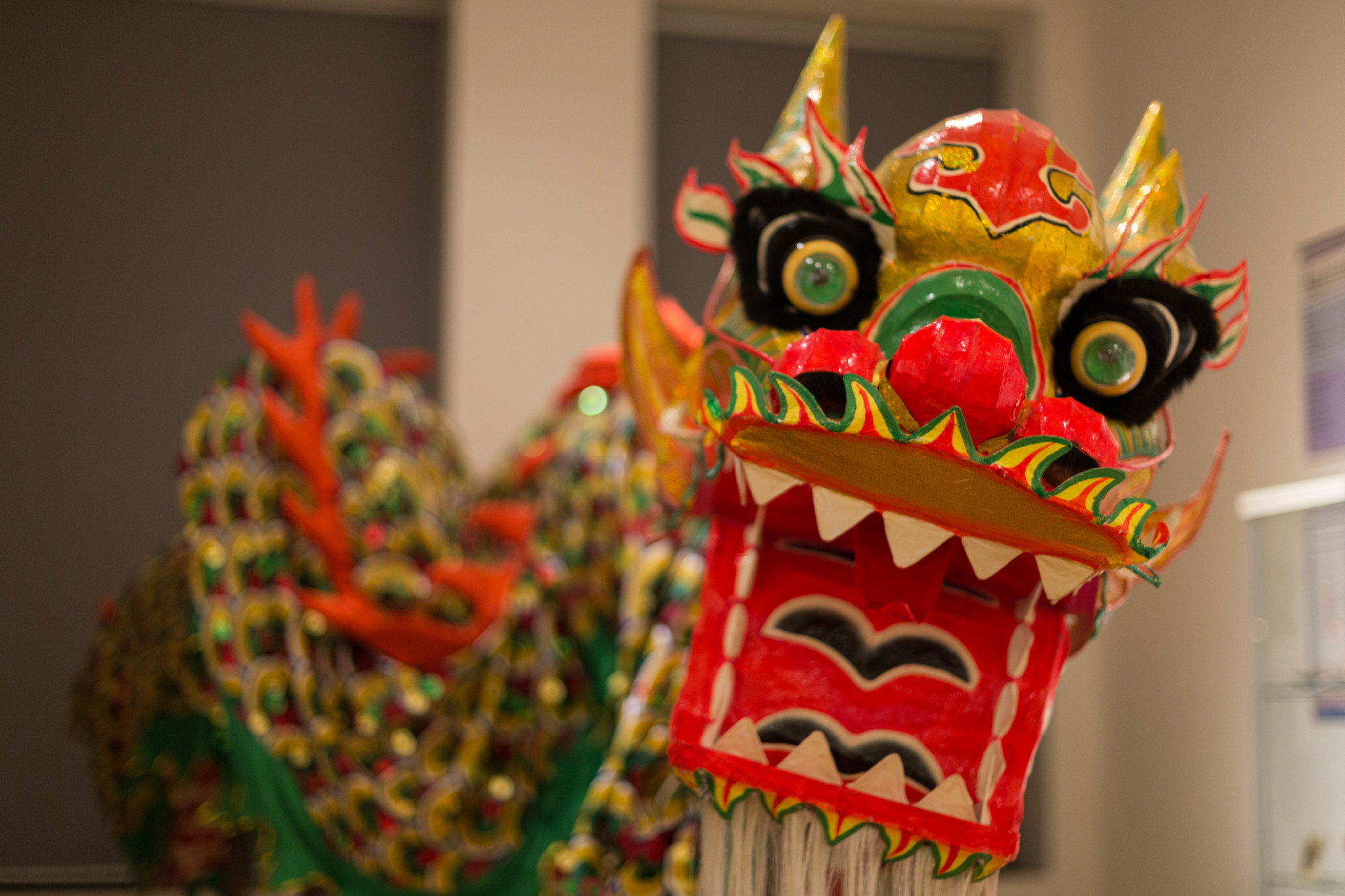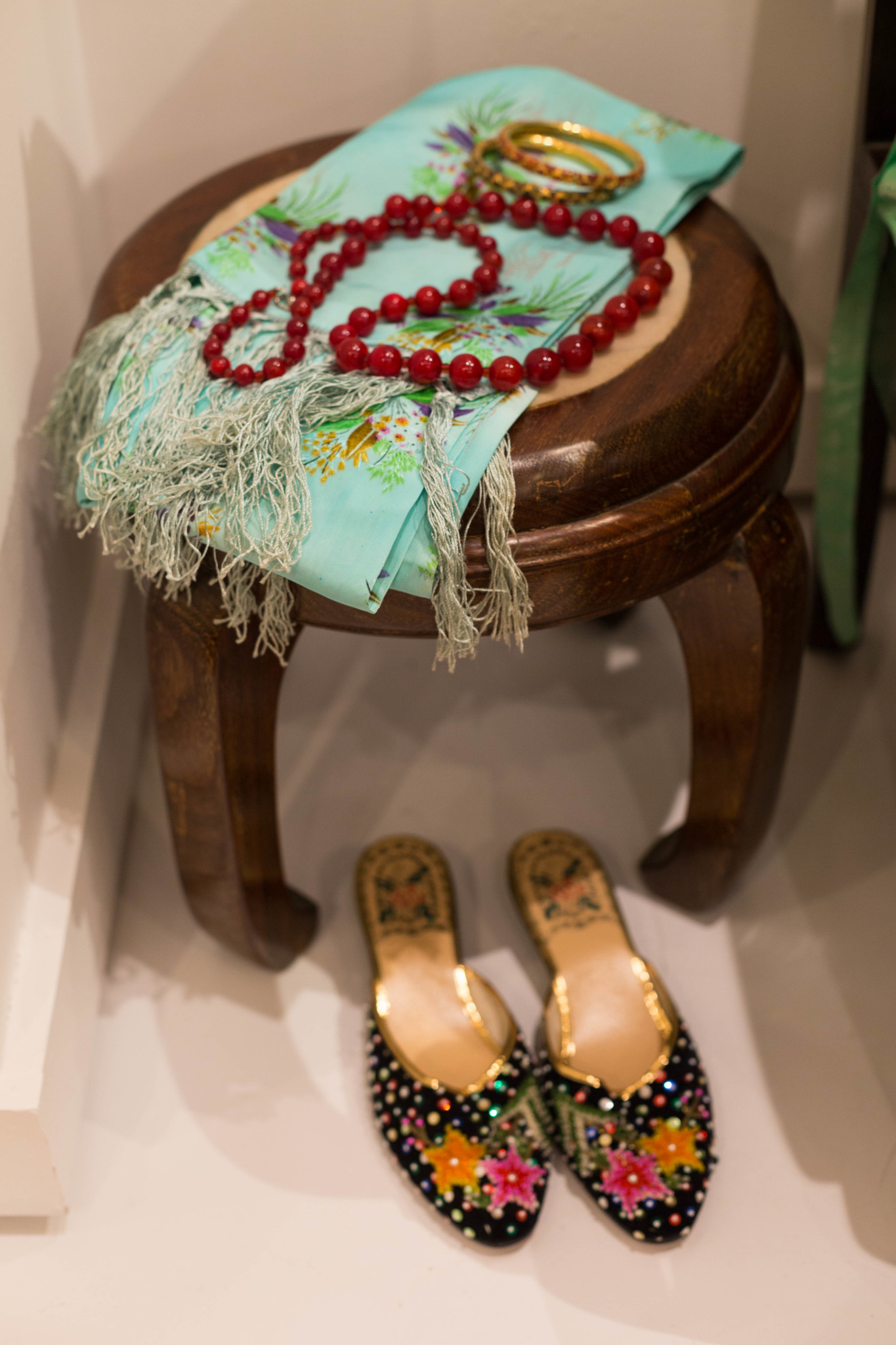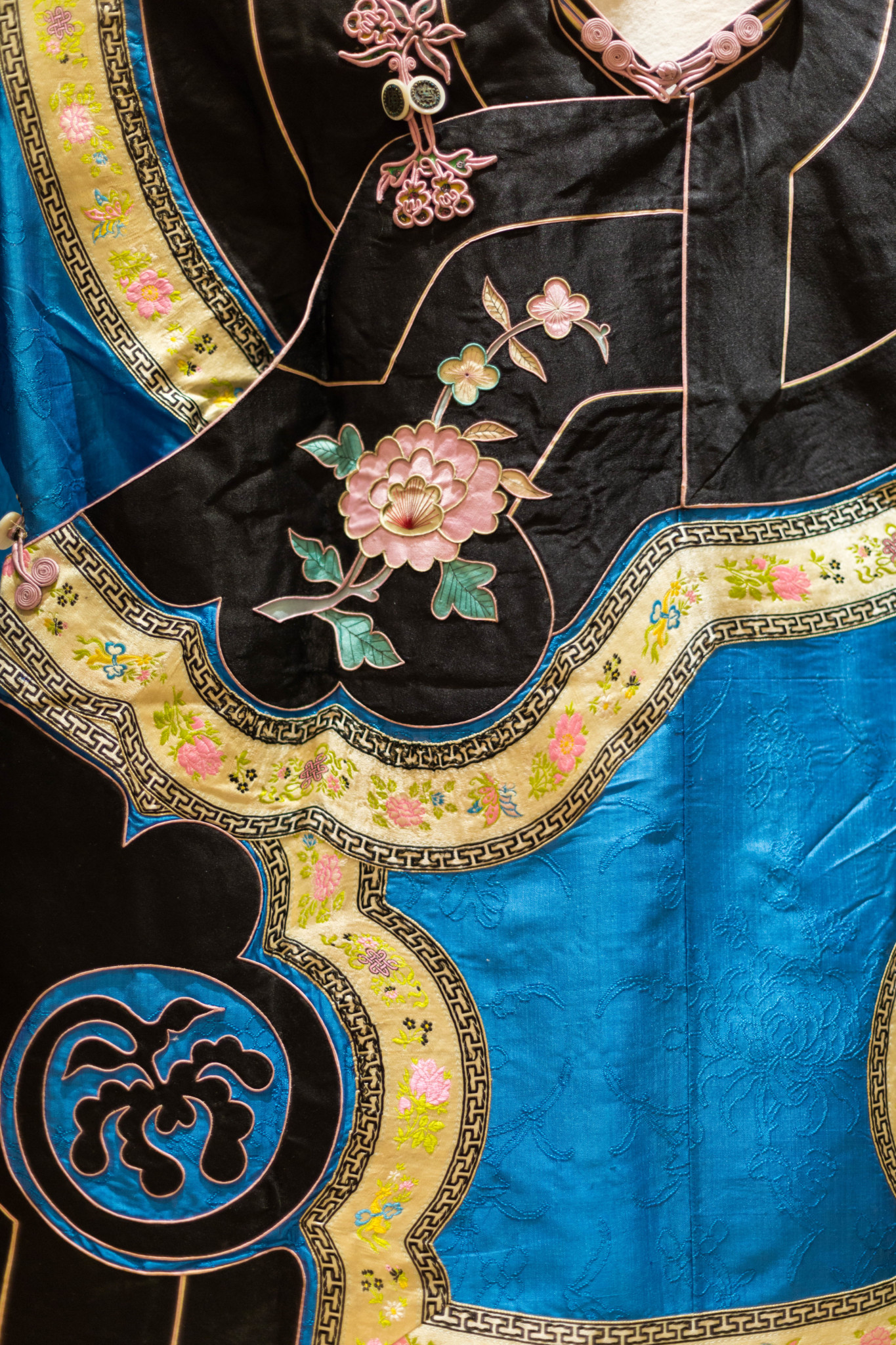Standing among some quiet residential buildings on 23rd Street and tucked not far from Chinatown’s cluster of restaurants, bakeries, and grocery stores on Wentworth is the Chinese-American Museum of Chicago (CAMOC). Even with its doors flanked by two stone lions, hand-carved by artisans in China’s Fujian Province and donated to the museum by Chinese officials, CAMOC is pretty inconspicuous, and you might miss it if you aren’t looking for it. CAMOC is about as small as museums get, but contains much more than one might expect.
Before its establishment, there were no museums in Chinatown, according to Dr. Kim K. Tee, one of the members on CAMOC’s Board of Directors. A meeting in 2001 between Dr. Tee and the then-heads of the Field Museum’s Department of Anthropology, Dr. Bennet Bronson and Dr. Chuimei Ho, along with the question of why there was no museum in Chinatown, birthed the idea for creating CAMOC. With a group of community members, Tee, Bronson, and Ho formed the Chinatown Museum Foundation in 2002. Lacking funding for a brick-and-mortar museum, they decided to initially hold a monthly lecture series on Chinese culture at Chinatown’s public library. After thirty-three lectures, they were able to raise enough funds to build the museum, which finally opened to the public in 2005. The current iteration of the museum re-opened in 2010, after most of its collection was decimated in a fire in 2008.

CAMOC’s first floor features rotating exhibitions. In January, it housed “Rites of Passage,” an exhibit that detailed Chinese customs pertaining to four stages of life—birth, marriage, longevity, and death. Starting from the right and circulating around the room, visitors were able to move chronologically through the stages, encountering related artifacts and objects on the way. Currently, “What We Wore: Celebrating Chinese Fashion Heritage” is the first-floor exhibit, showcasing clothing from imperial robes to those from the twentieth century.
However, make no mistake: the museum is not and does not attempt to be an authoritative voice on the experiences of Chinese people in America. Instead, it opts for a more personal touch—one that is, in many ways, more reflective of the community.
“The reason for forming the Chinatown Museum Foundation was…to build a museum in Chinatown [and] preserve the Chinese and Chinese-American culture and history, because there are many residents [of Chinese descent] in the Midwest who are aging,” Tee said. “Some of [the younger residents], when their parents die…do not want their objects and [would have] thrown them in the dumpster.”

The museum offers an alternative home for these personal histories. Many of the objects in the museum came from donations or loans from community members and people in the surrounding areas, and that shows in what is displayed, from family photos to personal jewelry sets.
The community focus is also apparent in the permanent exhibit, located on CAMOC’s second floor. Some particularly interesting sections include one with trilingual (English, Spanish, Chinese) information panels that tells the stories of Chinese immigrants, with a special regional focus on Chicago. One panel is dedicated to discussing the Chinese transnational adoptees that contributed to Chicago’s Chinese population, a group not mentioned in many Chinese-American museums and history books.

Museum visitors can also learn about the history of Chicago’s Chinatown through a timeline detailing how the original settlement has moved and grown, as well as the different waves of immigrants that have passed through it—from the primarily Cantonese and Taishanese in the South Loop during the late nineteenth century to the Vietnamese, Cambodians, and Laotians on Uptown’s Argyle Street today. Opposite the history of the neighborhood is a history of its inhabitants. Framed photograph portraits matched with tiny info cards line the walls like family pictures. The people and experiences depicted here are varied: there are those who came as children; those who came as husbands and wives; and even those who fought in World War II, their war badges displayed next to their photos. There are those who were in the Chinese Wah Mei Junior Drum and Bugle Corps during the sixties, those who were born in China, America, or even the Caribbean. It is clear that there is no single, monolithic Chinese or Chinese-American identity or experience, and CAMOC does its best to demonstrate and embody that.
As a neighborhood that is too often seen as a tourist destination only for dim sum, bubble tea, and cheap trinkets, what is all too easily forgotten are the people and histories there, and the diversity of their identities and experiences. Chinatown is undoubtedly shifting, with an influx of new immigrants and new storefronts, and with that inevitably come those who will leave the neighborhood. CAMOC preserves a memory of the past Chinatowns while being open to what new Chinatowns may arise, providing not only a chance for later generations of Chinese-Americans to learn about their heritage and history, but also a means for Chinatown and its people to tell their story on their own terms, in their own way.
Did you like this article? Support local journalism by donating to South Side Weekly today.


